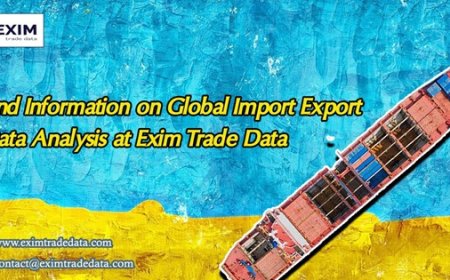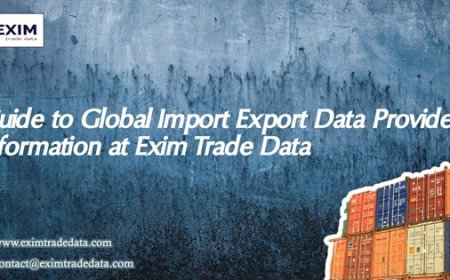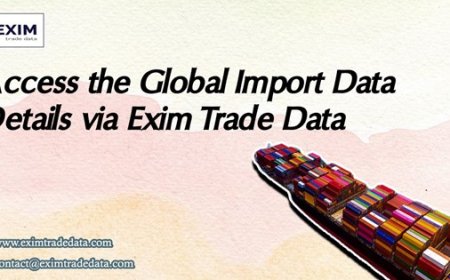Why Traditional BANT No Longer Works: Insights from Acceligize
Acceligize delivers comprehensive global B2B demand generation and performance marketing services that help technology companies identify, engage, and qualify their ideal target audiences throughout every phase of the buying journey.
For years, B2B organizations depended on the BANT frameworkBudget, Authority, Need, Timelineas a trusted standard for qualifying leads. But as the modern buyer journey becomes longer, more complex, and data-driven, its increasingly clear that BANT isnt what BANT was. While it once helped streamline sales, today it often acts as a barrier, disqualifying high-potential leads prematurely.
In a time when value, personalization, and digital behavior are more powerful than titles or timelines, sales and marketing teams must recognize how rigid qualification models can lead to missed opportunities.
Why the B2B Buyer Has Changedand Why BANT Hasnt
Todays buyers do not follow predictable paths. Instead, they explore solutions on their own termsresearching online, attending virtual events, reading reviews, and consulting peerslong before engaging with sales.
This shift means that BANT isnt what BANT was, because it wasnt designed for a self-directed, digitally savvy audience. Instead of responding to direct questions about budgets or timelines, buyers expect educational value and contextual relevance. Sales teams must adapt or risk being left behind.
Budget: From Obstacle to Opportunity
The traditional BANT model assumes a buyer must have a pre-set budget to be qualified. But in the current climate, many organizations allocate budgets after seeing a compelling business case.
This is a key reason why BANT isnt what BANT was. Sales teams today must help buyers uncover the financial logic of their decisionthrough ROI models, case studies, and data-backed forecasts. Solutions that demonstrate impact often justify their own budgets internally, even in constrained environments.
Authority: Titles Don't Equal Power
Sales reps used to hunt for the decision-maker. But in 2025, decisions are rarely made by one person. From finance to compliance, legal to operations, stakeholders with diverse priorities influence outcomes.
Because BANT isnt what BANT was, sales success now depends on identifying influencers, understanding motivations, and aligning value with department-specific goals. It's about building consensus across the entire buying committeenot just the person with a C-level title.
To know more visit us @ https://acceligize.com/
Need: Modern Demand Is Often Latent
Previously, need was defined by urgency. If a prospect didn't express a clear pain point, they were dropped. But that view is now outdated. Many of todays purchases are proactivedriven by transformation goals, digital maturity, or long-term scaling needs.
This is why BANT isnt what BANT wasbecause sales teams must now uncover latent demand. That means asking deeper discovery questions, leveraging data to predict needs, and positioning solutions as enablers of strategic growthnot just problem-solvers.
Timeline: Modern Buyers Move in Phases
Traditional BANT logic held that without a defined purchasing window, a lead lacked priority. However, todays buyers move through phases: research, internal discussions, vendor exploration, and budget approval. This journey is nonlinear and frequently pauses or accelerates based on internal dynamics.
Understanding that BANT isnt what BANT was, smart B2B teams engage leads with adaptive nurture sequences, relevant content, and behavior-based follow-ups rather than forcing a rigid close schedule.
The Danger of Disqualifying Too Early
A key issue with using BANT in its original form is that it often pushes out leads that dont immediately check all four boxes. But those same leads might be deep in research mode or gathering internal consensusand still highly valuable.
Because BANT isnt what BANT was, organizations must replace hard filters with dynamic scoring. Use behavioral datalike content downloads, time on site, or email engagementto supplement traditional qualification fields.
Beyond BANT: What Modern Sales Teams Use Instead
As BANT isnt what BANT was, many companies have adopted alternative frameworks such as:
- CHAMP (Challenges, Authority, Money, Prioritization)
- MEDDIC (Metrics, Economic Buyer, Decision Criteria, etc.)
- FAINT (Funds, Authority, Interest, Need, Timing)
These models account for buyer psychology, real-time engagement, and internal complexity. They shift the conversation from gatekeeping to guidingaligning better with how buyers actually think and act.
Marketing's Role in the Post-BANT World
Marketing doesnt just generate leadsit now plays a crucial role in qualification. With the understanding that BANT isnt what BANT was, marketing teams must design campaigns that educate, nurture, and qualify prospects over time.
This includes delivering content tailored to different stages, identifying buying intent through analytics, and supporting sales with insights that go beyond firmographics. Campaigns should be designed to move buyers through the funnel based on actionsnot static form fields.
Read More @ https://acceligize.com/featured-blogs/bant-isnt-what-bant-was/
Sales Enablement Must Evolve
Sales enablement strategies must reflect that BANT isnt what BANT was. Scripts and training materials need to teach reps how to uncover real buyer motivation and adapt to each persona within a buying group.
This includes training on asking the right questions, analyzing buyer behavior, and using conversational intelligence to assess readiness. The modern sales conversation is not about qualifyingit's about co-creating a solution with the buyer.
Rethinking Qualification as a Spectrum
Rather than treat qualification as a pass/fail stage, modern teams view it as a spectrum. A lead may not be ready to buy now, but still has high strategic value and should be nurtured accordingly.
Because BANT isnt what BANT was, organizations must continuously assess and score leads based on intent, engagement, and fit. This helps build a stronger pipeline, improve forecasting accuracy, and increase conversion rates over time.































